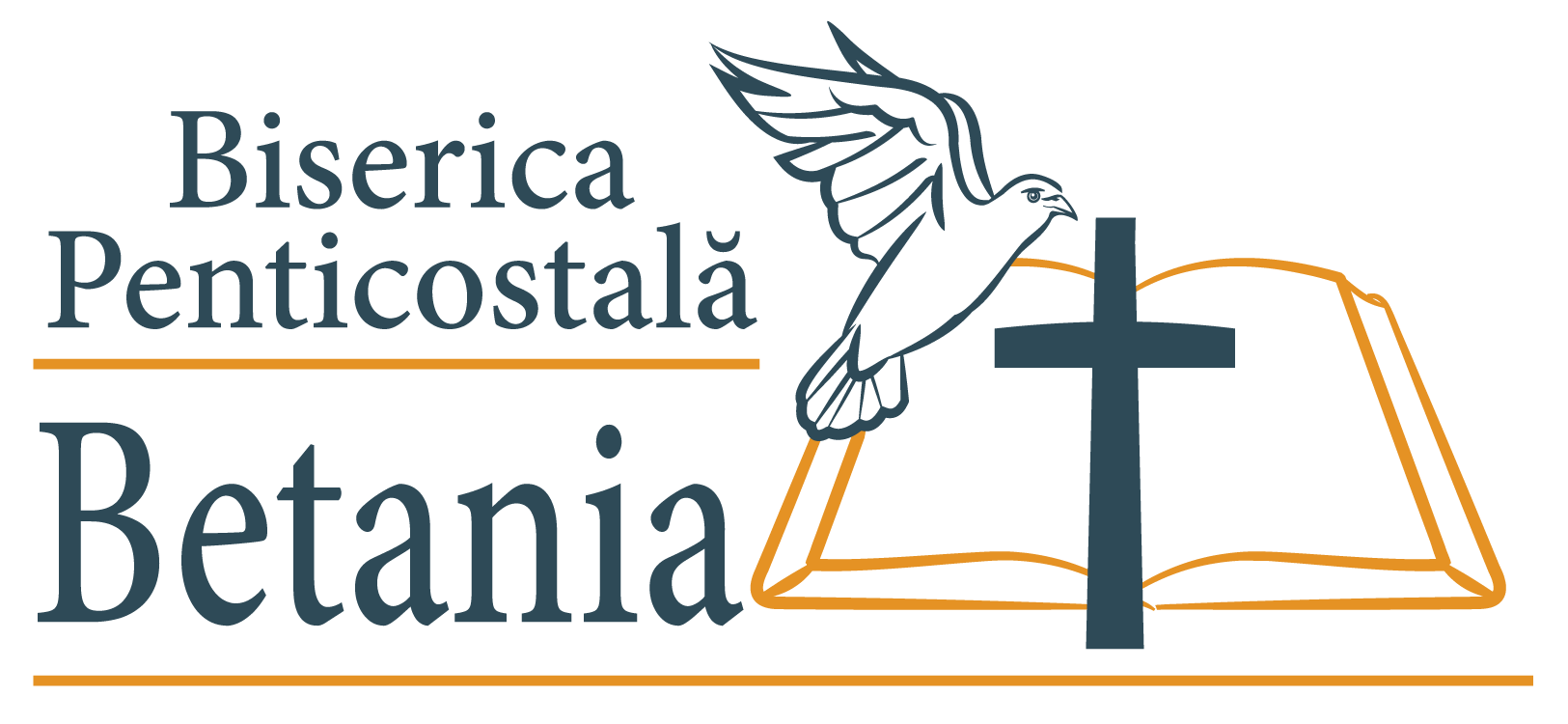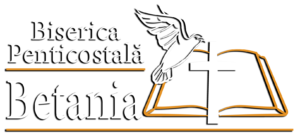9 octombrie
9 octombrie
Joi, 9 octombrie 2025, Ioan 5:1-47
Capitolele 3 și 4 descriu dialogurile personale pe care Mântuitorul le-a avut cu Nicodim și Samaritenca. Capitolul 5 ne introduce în confruntarea publică pe care Isus a avut-o cu liderii religioși ai evreilor. În prima parte este prezentată vindecarea unui paralitic (vers. 1-15), iar în a doua parte, discursul Domnului despre autoritatea Sa divină (13-47).
1. Vindecarea paraliticului (vers. 1–15)
Scena are loc în Ierusalim, la scăldătoarea „Betesda”, care înseamnă „Casa îndurării” și se află lângă „Poarta oilor”, destul de aproape de Templu. În jurul acestei scăldători se aflau cinci pridvoare unde zăceau mulți bolnavi, orbi, șchiopi și paralizați (vers. 3).
Locul acesta era celebru pentru că uneori apa se tulbura și atunci oricine sărea primul în apă era vindecat în mod supranatural, indiferent de diagnosticul pe care-l avea (vers. 4).
Mântuitorul l-a întrebat: „Vrei să te faci sănătos?” (vers. 6) În loc de răspuns, omul bolnav își exprimă neputința: „N-am pe nimeni să mă bage în scăldătoare când se tulbură apa și, până să mă duc eu, se coboară altul înaintea mea.” (vers. 7)
Isus îi oferă vindecare prin Cuvânt în mod instantaneu și complet: „Scoală-te, ridică-ți patul și umblă.” (vers. 8)
Liderii religioși au fost foarte indignați pentru că Isus L-a vindecat pe omul bolnav într-o zi de Sabat și au devenit ostili față de El.
Mai târziu, Mântuitorul îl întâlnește în Templu pe omul vindecat și îi spune: „Iată că te-ai făcut sănătos; de acum să nu mai păcătuiești, ca să nu ți se întâmple ceva mai rău.” (vers. 14)
2. Confruntarea cu iudeii și declarația divinității lui Isus (vers. 16–30)
Identitatea divină a Domnului Isus provoacă opoziția religioasă: „Pentru că zicea că Dumnezeu este Tatăl Său, făcându-Se astfel egal cu Dumnezeu.” (vers. 18)
Mântuitorul are puterea de a da viață și de a judeca, fiind una cu Tatăl: „După cum Tatăl învie morții și le dă viață, tot așa și Fiul dă viață cui vrea.” (vers. 21)
„Tatăl nici nu judecă pe nimeni, ci toată judecata a dat-o Fiului” (vers. 22)
Identitatea divină a lui Isus este confirmată de martori vrednici de crezare: „Dacă Eu mărturisesc despre Mine Însumi, mărturia Mea nu este adevărată. Este un altul care mărturisește despre Mine…” (vers. 31–32)
(a) Mărturia lui Ioan Botezătorul
„Voi ați trimis la Ioan, și el a mărturisit pentru adevăr… un om care ardea și lumina” (vers. 33)
(b) Mărturia lucrărilor Sale
„…lucrările acestea pe care le fac Eu, mărturisesc despre Mine că Tatăl M-a trimis” (vers. 36)
(c) Mărturia Tatălui
„Și Tatăl, care M-a trimis, a mărturisit El Însuși despre Mine.” (vers. 37)
(d) Mărturia Scripturilor
„Cercetați Scripturile… și tocmai ele mărturisesc despre Mine.” (vers. 39)
(e) Mărturia lui Moise
„Dacă ați crede pe Moise, M-ați crede și pe Mine, pentru că el a scris despre Mine.” (vers. 46)
În acest capitol Îl întâlnim pe Cristos plin de autoritate divină, aducând judecată, vindecare și viață.
Întrebarea adresată bolnavului de la Betesda rămâne valabilă și pentru noi: „Vrei să te faci sănătos?”
El a răspuns în mod greșit: „Nu pot.” Domnul a știut că nu poate, tocmai de aceea L-a întrebat dacă vrea. Noi nu putem să putem, dar putem să vrem, iar când vrem, El poate.
Să ne rugăm prin credință să vrem, în ciuda limitelor și neputințelor omenești, și El va putea pentru noi. Apostolul Pavel spunea: „Pot totul în Cristos care mă întărește” (Filipeni 4:13).
Pastor Luigi Mițoi
Thursday, October 9, 2025, John 5:1-47
Chapters 3 and 4 describe the personal dialogues that the Savior had with Nicodemus and the Samaritan woman. Chapter 5 introduces us to the public confrontation that Jesus had with the religious leaders of the Jews. In the first part, the healing of a paralytic is presented (vv. 1-15), and in the second part, the Lord’s discourse about His divine authority (vv. 16-47).
1. The Healing of the Paralytic (vv. 1–15)
The scene takes place in Jerusalem, at the pool of Bethesda, which means “House of Mercy” and was located near the Sheep Gate, quite close to the Temple. Around this pool were five colonnades where many sick, blind, lame, and paralyzed people lay (v. 3).
This place was well known because at times the water was stirred, and then whoever stepped into the water first was healed supernaturally, regardless of their illness (v. 4).
The Savior asked him: “Do you want to get well?” (v. 6). Instead of answering, the sick man expressed his helplessness: “I have no one to help me into the pool when the water is stirred. While I am trying to get in, someone else goes down ahead of me.” (v. 7)
Jesus offered him healing through His Word, instantly and completely: “Get up! Pick up your mat and walk.” (v. 8)
The religious leaders were very indignant because Jesus healed the man on a Sabbath day, and they became hostile toward Him.
Later, the Savior met the healed man in the Temple and said to him: “See, you are well again. Stop sinning or something worse may happen to you.” (v. 14)
2. Confrontation with the Jews and the Declaration of Jesus’ Divinity (vv. 16–30)
The divine identity of the Lord Jesus provoked religious opposition: “He was even calling God his own Father, making himself equal with God.” (v. 18)
The Savior has the power to give life and to judge, being one with the Father: “For just as the Father raises the dead and gives them life, even so the Son gives life to whom he is pleased to give it.” (v. 21)
“Moreover, the Father judges no one, but has entrusted all judgment to the Son.” (v. 22)
The divine identity of Jesus is confirmed by trustworthy witnesses: “If I testify about myself, my testimony is not true. There is another who testifies in my favor…” (vv. 31–32)
(a) The testimony of John the Baptist
“You have sent to John and he has testified to the truth… He was a lamp that burned and gave light.” (v. 33)
(b) The testimony of His works
“…the works that the Father has given me to finish—the very works that I am doing—testify that the Father has sent me.” (v. 36)
(c) The testimony of the Father
“And the Father who sent me has himself testified concerning me.” (v. 37)
(d) The testimony of the Scriptures
“You study the Scriptures diligently because you think that in them you have eternal life. These are the very Scriptures that testify about me.” (v. 39)
(e) The testimony of Moses
“If you believed Moses, you would believe me, for he wrote about me.” (v. 46)
In this chapter we meet Christ full of divine authority, bringing judgment, healing, and life.
The question asked of the sick man at Bethesda remains valid for us: “Do you want to get well?”
He answered wrongly: “I can’t.” The Lord knew that he couldn’t, which is exactly why He asked if he wanted to. We cannot by ourselves, but we can want to, and when we want, He can.
Let us pray in faith to want, despite human limits and weaknesses, and He will be able for us. The Apostle Paul said: “I can do all this through him who gives me strength.” (Philippians 4:13)

